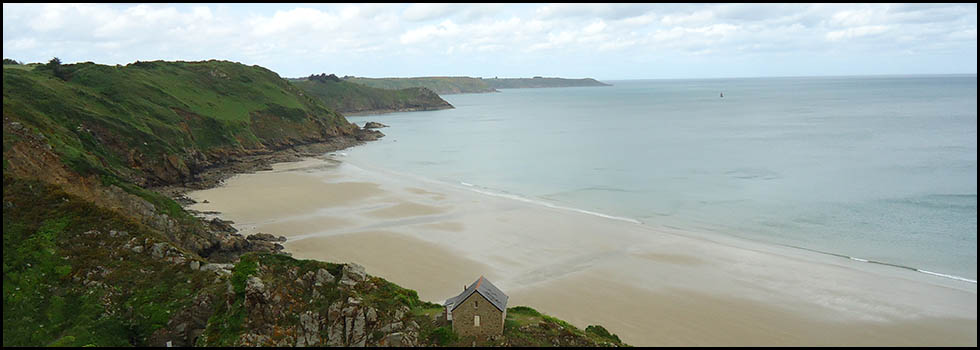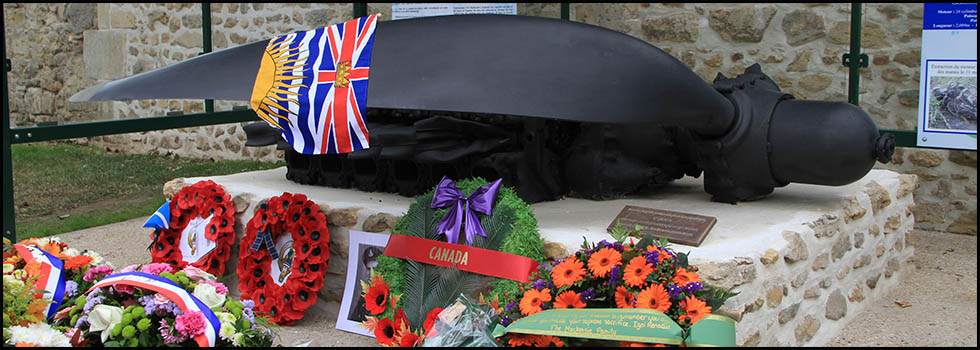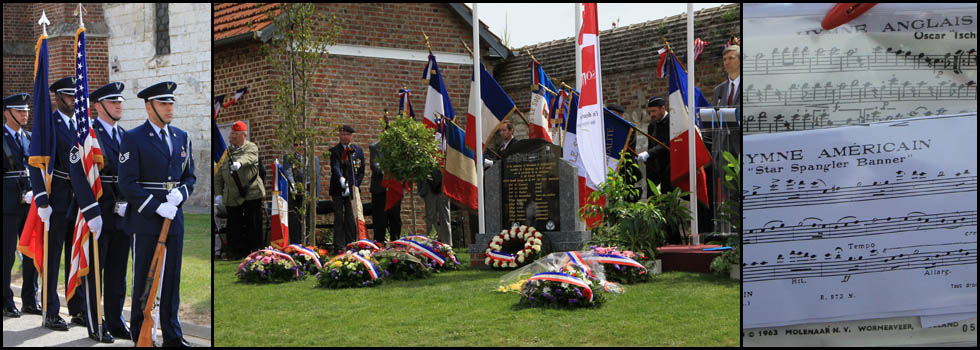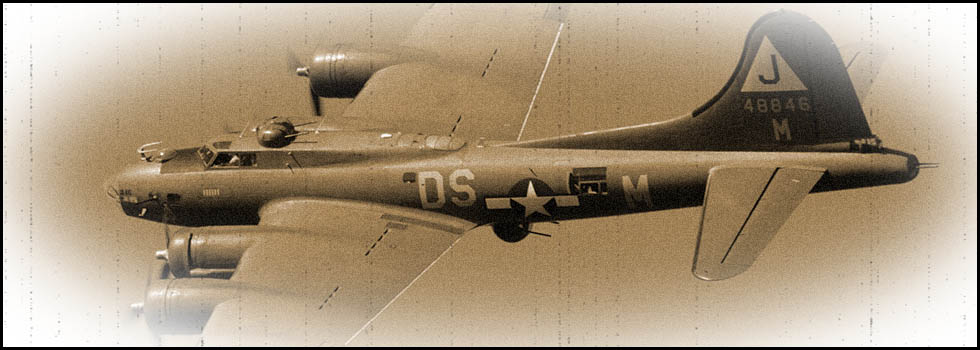Roger FOLLIOT, alias “Titou”
In cooperation with Roger “Titou” Folliot
Roger Folliot was born on 25th November 1925 in Hermes (Oise). His childhood was spent in Senlis.
From 1937 to 1942 he came to study in the Clermont High School where he met Alain Fleury. Immediately there was a great understanding and strong friendship between the two young students. From the outset they had the same rejection of submission to defeat. “Titou” was encouraged in this attitude by his uncle, Captain Raphael Folliot who, in June 1940, took a whole battalion from Lebanon to Palestine under English authority. (Captain Raphael Folliot was condemned to death by the Vichy regime but was one of the first members of the Compagnons de la Liberation).
In 1942, right in the middle of the Occupation, Roger Folliot went to Paris to follow his studies at the Lycee Louis-le-Grand.
In September 1943, when he was still not yet 18 years old he became incorporated at the heart of the Resistance group O.C.M. (Organisation Civile et Militaire) in the Central Oise sector, based in Clermont, commanded by Captain Georges Fleury , alias “Carriere”, the father of his friend Alain.

From then on Roger “Titou” Folliot undertook the missions which were assigned to him, the first of which was to put several Allied airmen shot down in the Saint-Leu-d’Esserent sector. He was notably charged with carrying out regular liaison missions with the Resistance groups of Senlis, Creil and Rochy-Conde, also going sometimes to Paris to ensure contact with groups specialised in evacuating airmen.
In the spring of 1944, “Titou” with the help of his father, Andre Folliot, a Russian speaker, was charged with helping an escaped group of Russian prisoners of war, based in Merard, near Mouy. He equipped them with American arms from a parachute drop.
 From the month of May until September 1944, “Titou” stayed in the house of the Fleury family in Clermont. He, more and less continuously worked alongside, “Jacky” (Jacky du Pac) of the British Secret Service, Roger Camous, alias “Le Raton”, an officer of the Air Intelligence Service and a fairly boastful man, Roger Frotte alias “Breton” chief of the Air Operations Service for Oise. The Air Operations Service, in collusion with B.C.R.A. (Bureau Central de Renseignements et d’Action) set up by the Free French in London, sanctioned and controlled the use of tens of parachute dropping sites proposed for the most part by local Resistance groups.
From the month of May until September 1944, “Titou” stayed in the house of the Fleury family in Clermont. He, more and less continuously worked alongside, “Jacky” (Jacky du Pac) of the British Secret Service, Roger Camous, alias “Le Raton”, an officer of the Air Intelligence Service and a fairly boastful man, Roger Frotte alias “Breton” chief of the Air Operations Service for Oise. The Air Operations Service, in collusion with B.C.R.A. (Bureau Central de Renseignements et d’Action) set up by the Free French in London, sanctioned and controlled the use of tens of parachute dropping sites proposed for the most part by local Resistance groups.
“Titou” was a member of one of a small commandment group made up around him by Georges Fleury. Along with Alain, they were the personnel liaison agents of Georges.
The liaisons were made up of a fairly large number of people including :
Colonel Fromonot (Monturat), chief of Resistance in the Oise, the Captain de Montalambert of the Rural Engineers, several chiefs of about twenty groups depending on the Centre-Oise Sector of the O.C.M. directed by Georges Fleury, several representatives of other Resistance movements, including the ex-deputy Jean Biondi of the Liberation-Nord and Edouard of the F.N. (Front National).
As an agent of the protection group, “Titou” took part in different parachute drop operations at Fouilleuse, Cernoy and Francieres, making himself responsible for then transporting and hiding as soon as possible the arms and material which had been dropped. He sometimes organised the transport of arms to different groups in the region, even delivering a Sten gun on his bicycle for the Senlis group, directed by Andre Decatoire, who did not have one. He took the radio transmitter of the group from Creil to Cauffry.
He also took part in a Pick up operation involving a Lysander of the Royal Air Force, near to Estrees-Saint-Denis, in the night of the 2nd to 3rd of June 1944.
On the 26th June 1944, whilst he was at his parents’ house in Senlis, he went to Eve with Jules Fossiez to pick up an American fighter pilot, 2nd Lieutenant Heyward C. Spinks whose “Mustang” had had to make a forced landing. A little later “Titou” and Alain Fleury found an American airman shot down near Rochy-Conde.
At Clermont on the 6th August 1944, during a raid by the Gestapo and the Milice on the homes of Georges Fleury and his “deputy” Jean Corroyer, this latter was murdered. His wife and his son were deported and did not return. The Fleury “maison” was broken into and somewhat ransacked but no one was found there. In fact the whole family was at Remecourt. They managed to flee and took shelter with their friends, the Doisy. The last one to leave, “Titou”, shut up and left the house shortly before nightfall. Here, at least the worst was avoided. “Titou” got back to Senlis.
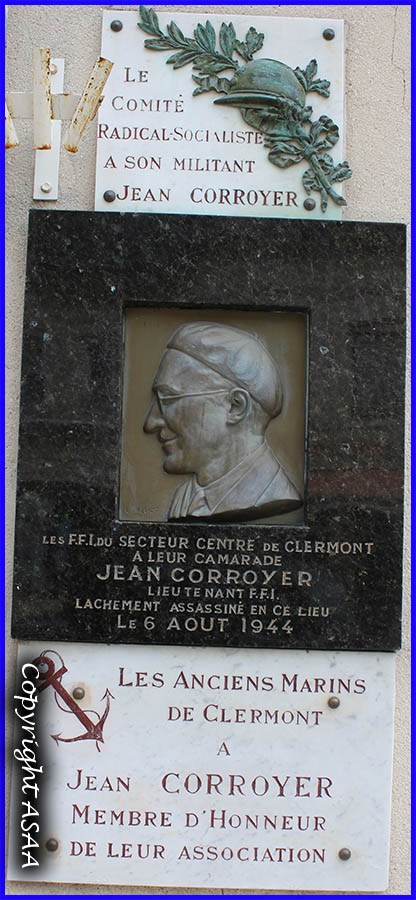
From then on the greatest care had to be taken since the Fleury house was probably under surveillance. However this house held secrets which had to be hidden in a safe place. Roger Folliot took it upon himself to recuperate, in spite of the risks, the important documents. But, “Titou” came up against the solid opposition of a young girl, Eliane (later to be his wife) who had decided that he was too easily spotted. So it was she who, with the help of one of their friends, Jean Lamirand, proceeded to “recuperate” the documents hidden in the Fleury house, which she knew well.
A little later, in August 1944, Georges Fleury, having gone away to the north of the departement, wanted to re-contact the Groups of his Sector. His daughter, France-Raphaelle, got to meet “Titou” at Senlis. She transmitted the orders destined for the chiefs of the Groups. So the operational side of the Centre Sector took place thus, under the control of its chief.
In the last days of August “Titou” met up with Georges Fleury and Alain. With the latter he participated in a last parachute drop. Then the armed groups of the Centre Sector were ready to the North of Clermont. After a set-to with a German artillery battery in the night of 31st August, Georges Fleury sent “Titou” on reconnaissance. After his report, the final march into Clermont was started and then it was the Liberation.
After the war, Roger Folliot took up his studies again at the Sorbonne and obtained a degree in Science. Agrege of the university, he held the post of chief of works in the Faculty of Science of Rennes, in Brittany.
Roger “Titou” Folliot followed an exemplary career in the service of Science (General Biology, Cellular Biology and Genetics).
Doctor of State in Sciences
Professor of the Universities
Associate Professor of the University of Montreal (Canada)
Director of the Research Unit associated with the CNRS “Cellular Biology and Reproduction”
Scientific Counsellor (Biology) of the Management of Higher Teaching and of Research
Member of the National Committee of CNRS
Chief Examiner for the International Baccalaureate (Geneva)
Published scientific works :
(University Press of France): “Cellular Biology” and “Chemical Bases of Cellular Biology”
(European Teaching Pole) “Access to the main concepts of Genetics”
(Unesco) “Higher Studies in the World” in collaboration with Professor de Grandpre (Quebec)
Croix de Guerre 1939-1945 with bronze star
Chevalier de la Legion d’Honneur
Commandeur in the Ordre des Palmes Academiques

